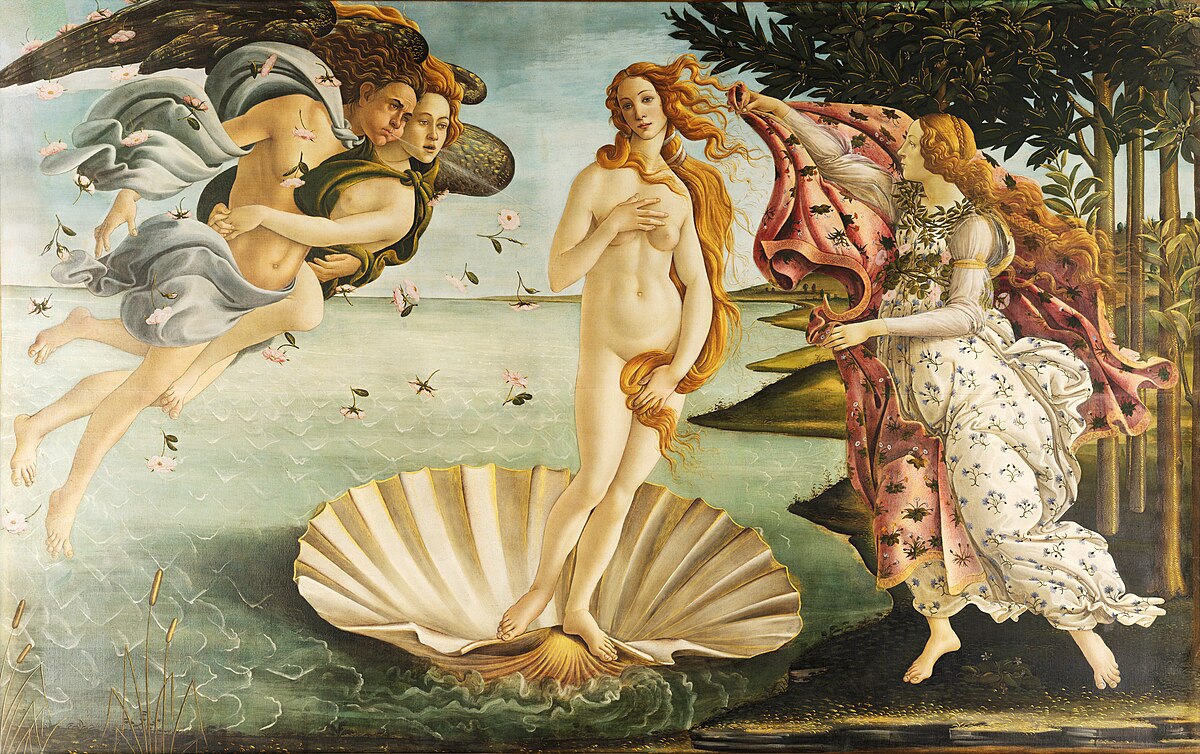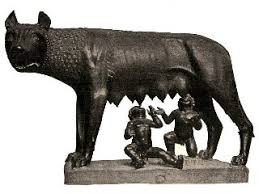Bonfire of the Vanities
Bartolomeo di Fruosino was a fanatical monk who believed that anything that didn’t have a religious purpose was vanity– even clothes, makeup, and art. He told Florentines the apocalypse was coming, and to save themselves through self-censorship and to burn all of their vanity items.
We don't know exactly how precious the items were, but one thing is for sure, a lot of history was lost that day. Many artworks, books, cosmetics, dresses and much more were burned. These sinful objects were collected for months leading up to the ritual, and on the day of the bonfire itself, Savonarola’s followers adorned themselves with white gowns, garlands and red crosses and went door-to-door collecting objects for burning. An enormous pyre was erected in the Piazza del Signoria and it was surmounted by an image of Satan. Representatives of the different Florentine districts symbolically lit the pyre, obliterating the objects of vanity.
Historians have named it with exaggeration the Bonfire of the Vanities, but in 1497 there was nothing funny about the fate of thousands of books. In Florence, Italy, friars burned hundreds of copies of Dante's Divine Comedy because they considered it to be obscene. It is not known exactly how many books were destroyed during this book burning.
People actually handed over things to be burned in the midst of a fairly brief period where Savonarola was the city’s ideological leader and told everyone to expect the coming of the end of the world. The “vanities” weren’t just physical objects — they were sins. The idea was that you couldn’t be absolved of sin or enter heaven unless you renounced your sins first, which meant burning them.
Sandro Botticelli, painter of the famous Birth of Venus, may even have been so convinced by Savonarola’s account of the coming end days that he threw some of his work on the fire, she writes — though thankfully Birth of Venus, Primavera and the Venus de’ Medici still survive.
Although it was a powerful symbol of Savonarola’s sway, the Bonfire of the Vanities didn’t burn for long. In fact, it contributed to his controversial status as Florentians felt their heritage and culture was being threatened. In the end, mostly because of his negative stance on the papacy, Savonarola was defrocked and executed by the church.





